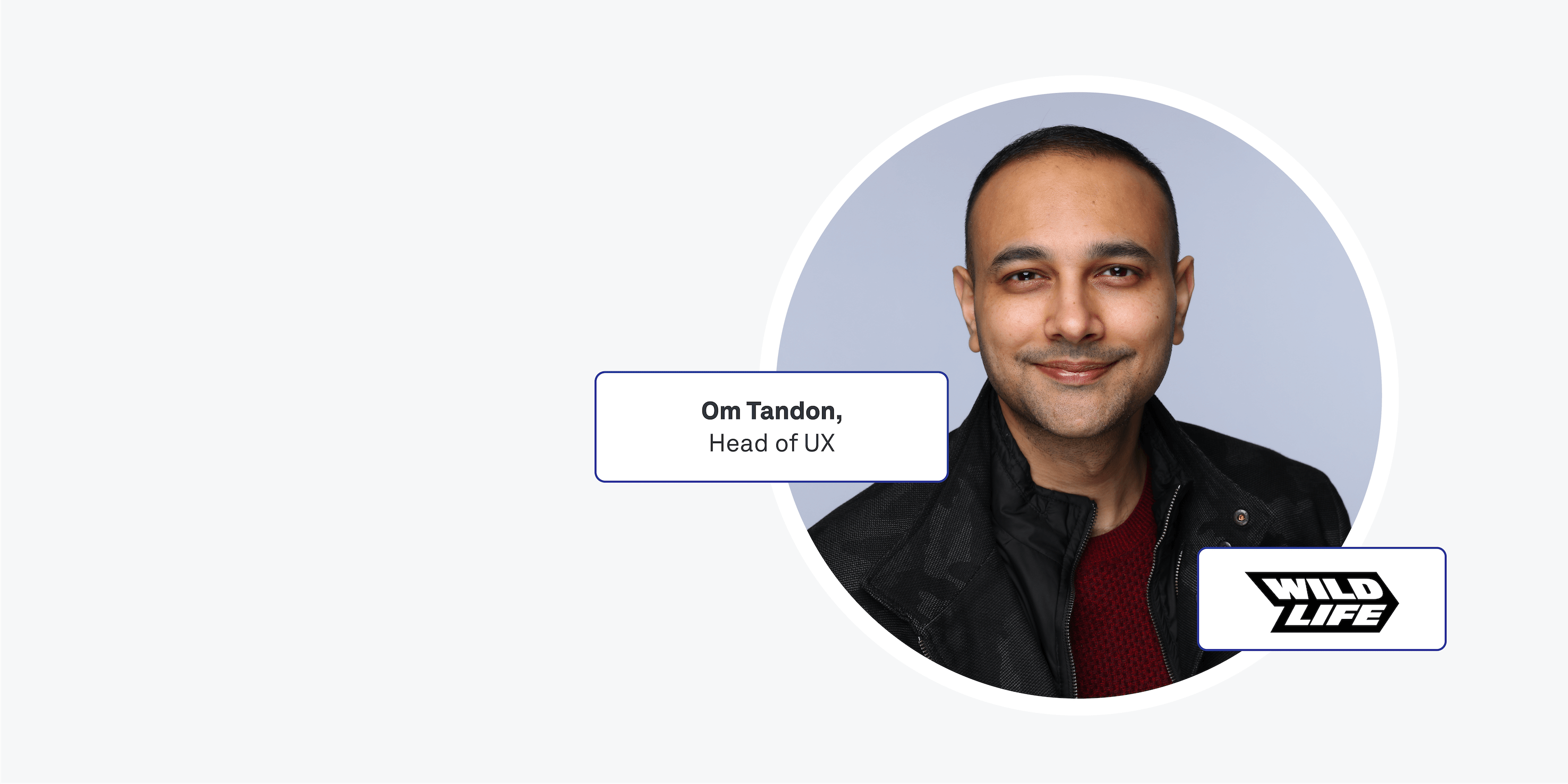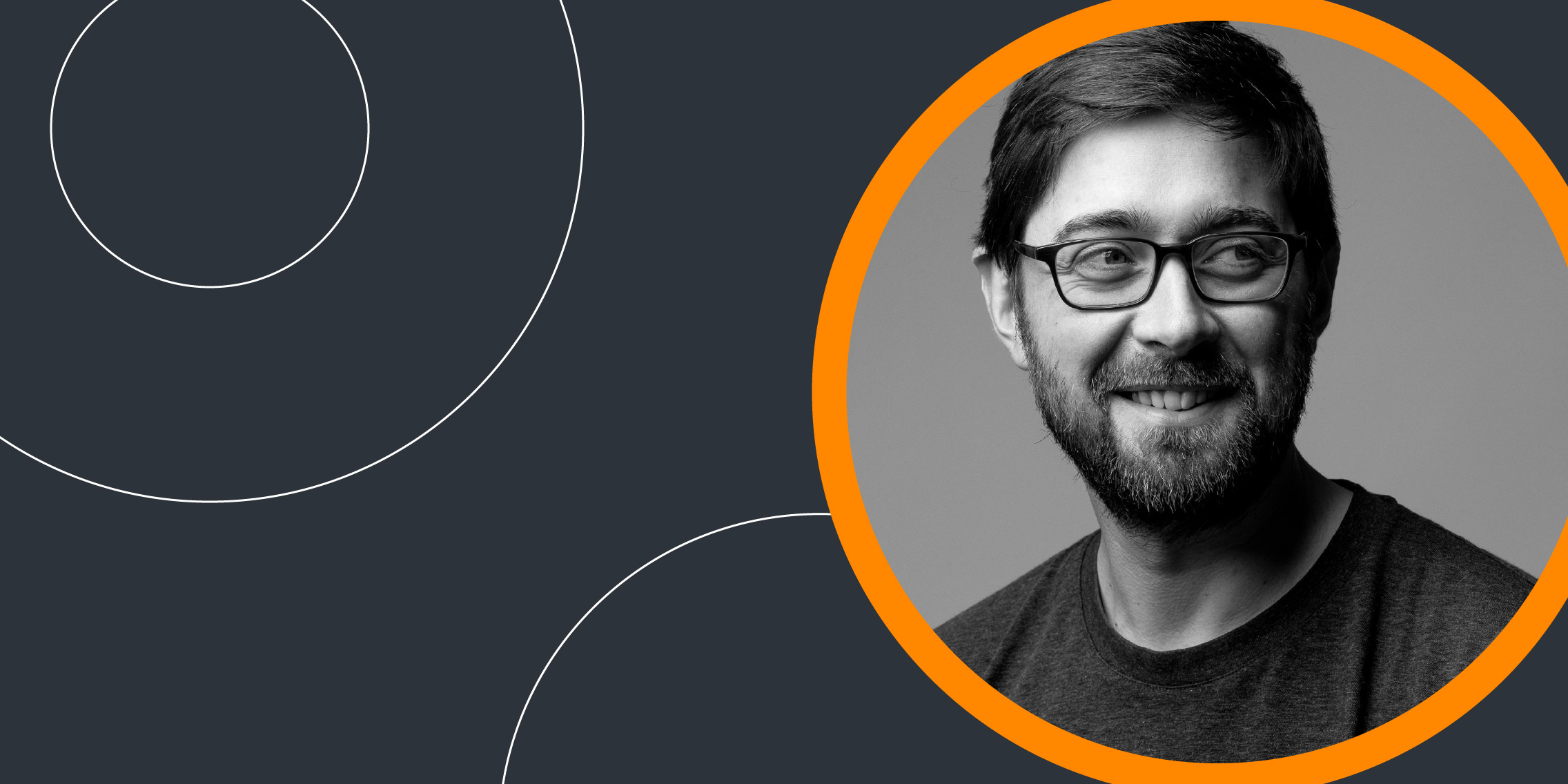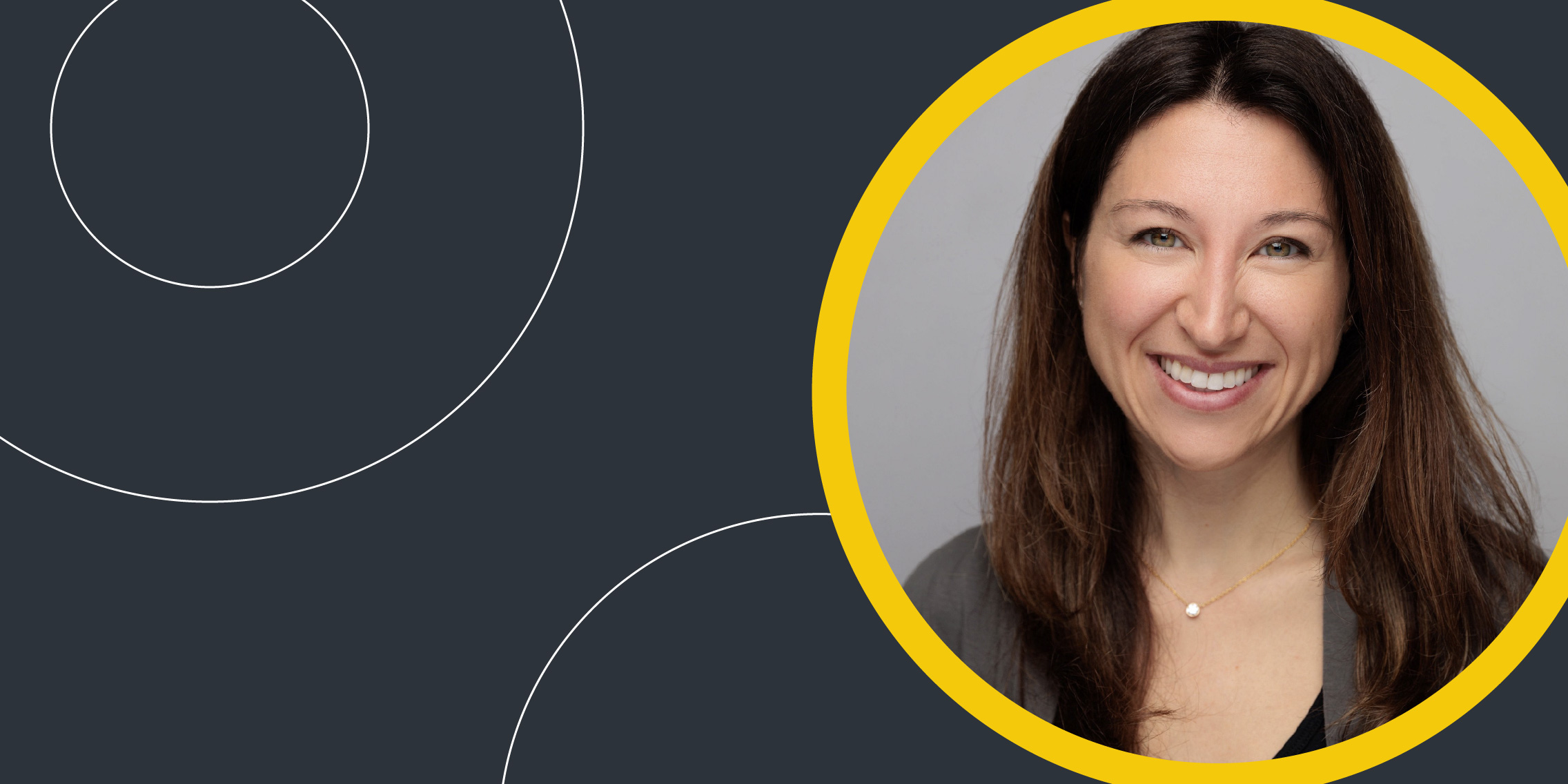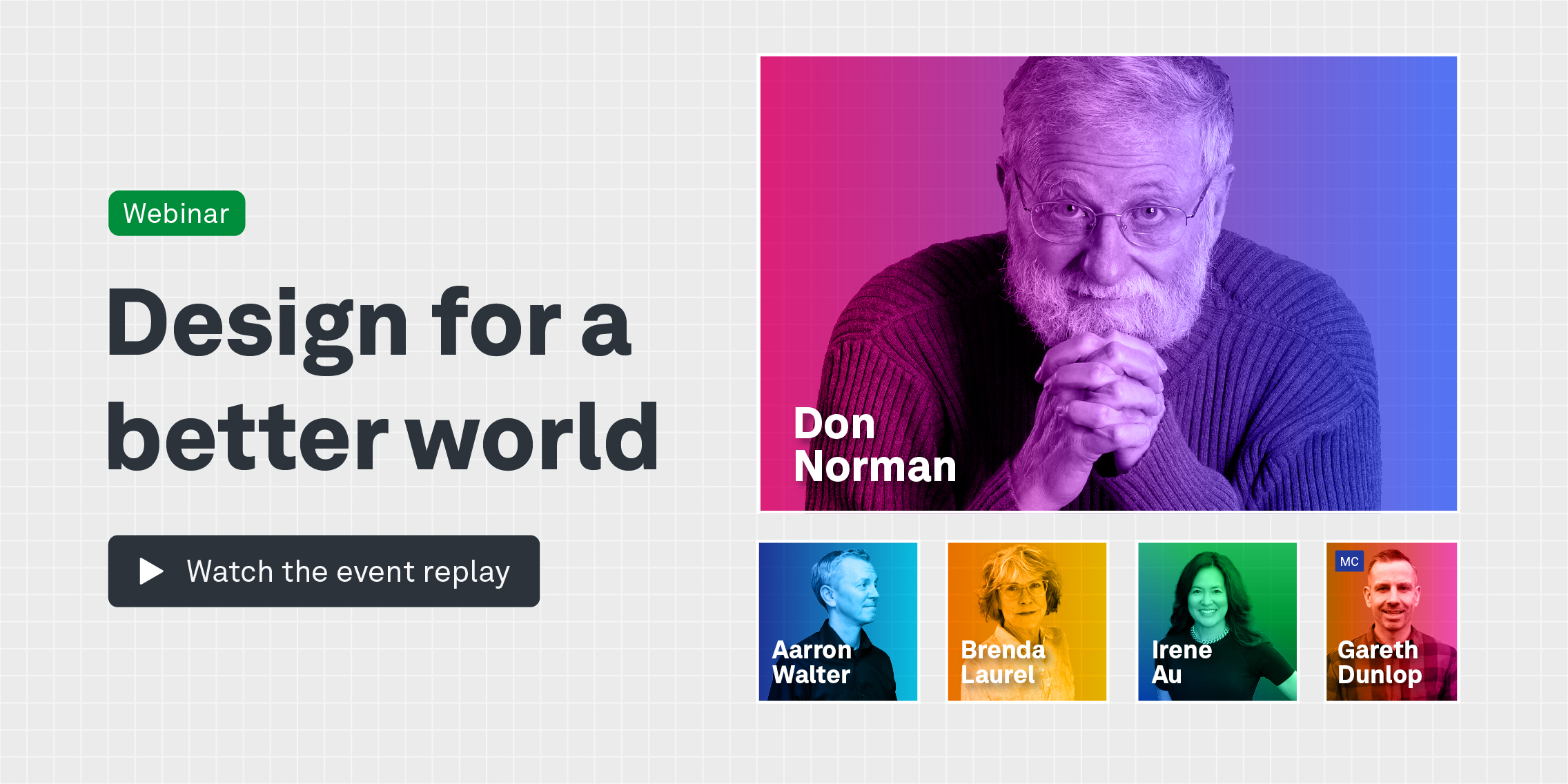No longer just a hobby delegated to a basement or bedroom with a television, the gaming industry is bigger than it’s ever been with an estimated 3.2 billion people engaging with games regularly. In our most recent UX Insider live event, Om Tandon gave us the highs and lows of working in this lucrative industry.
Om has been working in the games industry for over 15 years in several leadership and UX roles, building teams, processes and pipelines. He creates massively entertaining and monetising experiences for brands like Star Trek, Disney, 20th Century Fox, Hasbro, Ice Age, My Little Pony, Wizard of OZ, Marvel and many more.
Currently, Om heads the UXR department at the mobile games publisher WildLife Studios. He manages a distributed team of UX researchers and designers worldwide.
Were you always passionate about games?
So in my childhood, I moved around a lot because my dad was in the army. So a lot of time was spent around military sites and cool stuff, like tanks and military hardware. There’s a bit of a fantasy about what your dad is doing the armed forces. So, I think a lot of that rubbed off on me. I was an average kid, you know, enjoying comic books and trying to create things out of know whatever I had. But I had one bad habit, I would break any toy my parents would bring me within two days. So after a time, they stopped buying toys.
They’re like, “Yeah, it’s not gonna last, it’s not worth it”. So I was in a fix. And then I thought, “okay, when I break apart something, I want to put it back together”. So I ended up creating my own toys, not just from old toys but anything I could find, like cardboard and newspapers. Some of that stuff was pretty creative – even for me! So I think that got me into that making habit.
I was introduced to the world of games later on. I always wanted to become somebody who created new stuff… concept art or maybe designing cars. I’m sure a lot of people have that aspiration. But as I grew older, I have found that games is somewhere I can express my creativity. It’s about innovation, building something from scratch. So yeah, that’s how I landed in games industry.
The gaming experience has become more intense since PlayStation 5 released the DualSense Controller. How do you think UX will contribute to this kind of technology in the near future?
The mobile revolution happened around 2007. Before that, a lot of gaming was console and PC driven and they were for a niche audience. If you define someone as a gamer, they were supposedly more hardcore and that’s why these complex controls were designed. We can have the same game on PC but for those gamers who have evolved beyond PC, they want more dexterity, more complexity and more multi touch. For them, those controllers were required because their reaction time could be faster, right? Especially playing what we call first person shooter games on PC.
If you’re using a regular mouse, by the time you click that, the other player has taken you out. Then came Razer, which is a very well known, sophisticated mouse. They have lightning fast mouse hardware. And then the console guy said “no, we’ll develop a controller for you because your skill level is so high, your dexterity so high”.
Gamers are divided into casual mid core hardcore, based on the experience and the kind of games. So if you look at consoles, in my personal opinion, these games are being built to appeal to hardcore gamers who have already gone beyond that casual and mid core phase.
But on mobile the reverse is happening. So many big console developers are creating big hits on mobile, which was always considered difficult because of the controls required. For example, Diablo Inferno just came out, which is a Diablo franchise and RPG. They have made it so easy to play Call of Duty online on PC and on mobile. It’s so easy. I always died a lot when playing online game and first person shooter. But on mobile, it’s so easy.
I can tell you, if your grandma or grandpa is into games, even they can play it on mobile.
On mobile, we are seeing this push towards accessibility and more of this is coming to UX work. A lot of this is coming through user research. It’s big on console and PC too but it’s just about which target audience you’re catering to.
I can assure you, that’s where gaming is heading. In terms of UX design, it is on our mind; is it for casual audience, mid core audience, hardcore audience? So I think there’s a big role in UX and you are playing there.
With most software, UX design is there to help the user reach a purpose without having to think too much. But with gaming, part of the process is actually solving a problem yourself or thinking about what you’re going to do next. So how would you incorporate that kind of UX thinking into a game when part of the game is all about being challenged?
UX is about eliminating friction. You know, reducing cognitive load. But in games, it’s not about eliminating friction, it’s about managing that friction.
Because, friction equals challenge. That’s the kind of sensitivity you have to develop, you know, where do you need players to have autonomy? Where do you want to do hand holding? How should the difficulty curve be maintained?
It also depends a lot on the genre of the game. What kind of game is it? And what kind of person is playing it? What’s your persona and demographics? Because if somebody is very new to games, you definitely want to give them some hand holding to make them learn the ropes, because they’ll get frustrated if they’re not able to make progress. On the other hand, for experienced gamers, if everything dictated to them, they’re like, “stop teaching me, this is frustrating for me”. So yeah, it’s a very fine balance to identify the genre of the game and experience of the player.
How do you convince managers or seniors that the time spent researching doing usability tests? Finding is actually worth the effort?
I’ll be honest with you, this is one of the hardest things to do, especially if you end up in a company, which has what I call low UX maturity. There are a couple of tactical and strategic things you have to do. First thing starts with the interview, Okay?
Make sure when you’re interviewing for a company, it’s okay if they don’t know anything about UX but you need to gauge if there is an appetite for UX.
They might say “we don’t know much about UX, we need this tool” and you need to be very upfront in saying “Yeah, I would want to join a company where people have an open mind, even if they don’t know anything about UX”. And always check what the affinity with high level stakeholders is. With high level I mean, your product manager or your executives. Your manager who’s hiring might say, “Yeah, we are going to make a difference” but if the people who are top level do not believe in it, then it’s not going to happen.
I have had UX designers who have been telling me for years “oh, in my company, they just don’t hear me. When was I was hired, I was so excited. But now nobody is giving me their ear.” So, when I give my interviews, I say that it’s fine that they know know about UX but why do they need UX? I need to learn why they want me. If it’s because they want to boost revenue, that’s never a good answer.
Always gauge the culture. Forget about process and pipeline, think about culture; what is culture? Culture is simply how they are operating right now. What are the KPIs? KPIs track engagement, lifetime value (LTV) or average revenue per day. You have to make a strong case of usability because the way I sell my argument is that we always have to think of retention, engagement, monetisation.
If we can retain our players by giving them giving them an engaging, meaningful experience, then they would want to spend for your premium service. If you’re giving them value for their time, they would be willing to spend money, so monetisation will come.
If people never pay for it, they’re still going to bring in a lot more traffic if they feel good about your app. They’ll advertise it organically and they’ll talk about it.
In your experience as a hiring manager, what do you look for in a prospective game UX designer?
If I’m hiring a junior, I’m looking for potential. I’m looking for raw talent. I know that whatever they deliver might not be something I can put in a product straightaway, so I’m looking for how engaged you are. Passion is a big thing. You want to be in games? Why do you want to join the gaming industry? If it’s just to make money? No, there’s no easy way to do it.
It’s good if you’re a gamer, but more than that, you need to have an avid interest. I also look for a balance of soft skills and hard skills.
For a junior also, I would look for something like empathy. You don’t want somebody who’s very opinionated, for example.
A portfolio is very important. I’ll first look at that. It’s fine if you don’t have industry experience, just take any game that you like or any cool idea and build a case study. For example, say you are playing Fortnite and there is something which you really don’t like. You can build something on top of what was there. You can say “yeah, this part of the player journey, this cycle works. So where I have to gain these weapon, progress is not good. How can we improve it?” If you have gone out and looked at player comments, reviews, picked up a pain point, did your own research, maybe even did some interviews and put your case studies there…
This is a better way to do it. I will accept it. I’m like “yeah, look at this guy. They’re still showing me the traits of a UX designer. They are inquisitive, they can identify pain points”. When you identify pain points, you are not just going with the opinion, you’re trying to validate it with a little bit of user research and showing these other potential solutions. So that’s what I look for.
Could you describe your work-life balance as a UX designer?
I think there are two sides to it. These are the factors: how you are as a person, how you look at your work life balance, plus also the company you’re in. For almost one third of my life, I’ve been a workaholic. I’ve done the graveyard shift by choice. I would start at 3pm in my first job and go until midnight.
My first job, I was an intern. Over time, I wanted to learn, learn, learn. I was a bachelor way back then and just out of college. I would work till 6 in the morning. Also, because there was a conditioning in the office and snacks, I would watch movies there after my workout. When I came back home. I was trying to get better at sketching. I would be in front of a computer sketching and then go to sleep at 8am. I wouldn’t recommended it.
As I grow older, I realise that you should have a work life balance.
The software industry – not just gaming – is known for crunching long hours. That’s something you should check for in interviews. Read Glassdoor reviews, talk to some people on LinkedIn; “Hey, how’s the work?” For me, work life balance is very important right now. Even in my team and my one-to-ones, the first thing I check “how is your work life balance?”
There will be times in software and in the industry where you will have to go the extra mile. But having said that, in my experience, I’ve seen teams burnt out. I have burned out myself – I had to take a sabbatical. Startups usually have a more intense work life balance compared to established companies or multinational corporations. Rate your work life balance very highly because it can burn you out. It’s getting better across the industry because we talk about it a lot. The software community talks about it but you have to do your due diligence.




